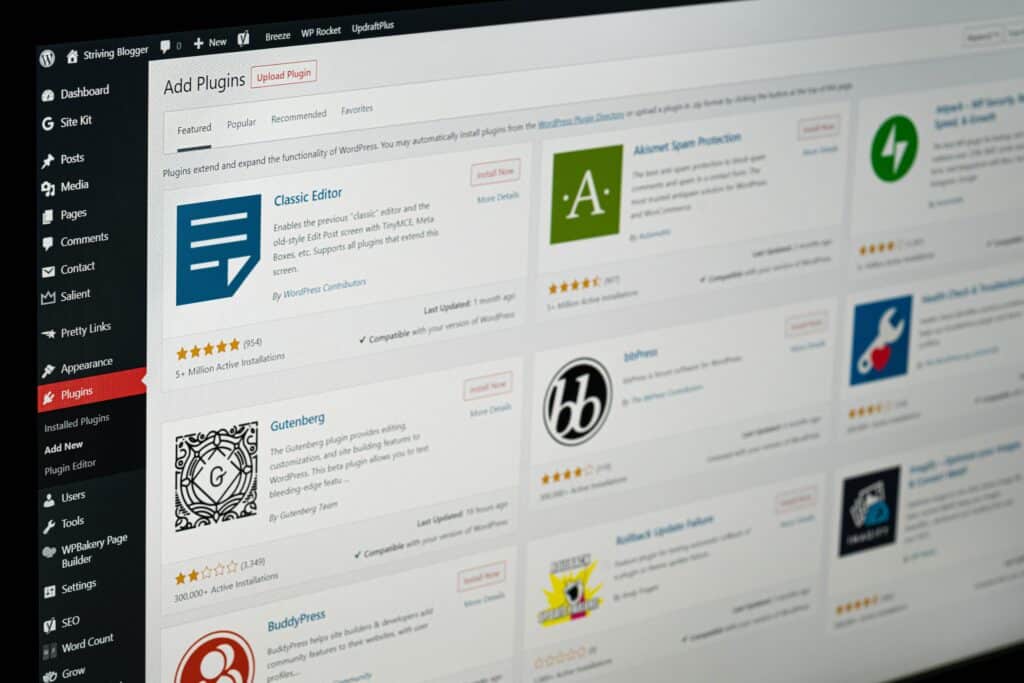A content management system, often referred to as CMS, is software that helps users create, manage, and modify content on their website without the need for technical knowledge. This software removes the need for coding and back-end work to keep things simple and easy to use. Instead of building your own systems, the content management system handles all the basic infrastructure so you can focus on content, design, layout and special features. CMS can be used to create a multitude of website types including static websites, blogs, eCommerce stores, forums, social networking, portfolios or online courses.
How does a content management system work?
A CMS helps you enforce a successful content marketing strategy and incorporate content into a business model. At the same time, your developers can easily make changes in the back end without disrupting published content. When simplifying a content management system, there are two main parts that help form a website.
The content management application: allows marketers and content creators to work directly with their content without the need for IT support.
Content delivery application: acts as the back end side of the website. This takes the content into templates and turns it into a fully functioning website.

Features in a CMS system
There is a selection of features that the majority of CMS systems include in order to benefit both the business and the reader.
Security
Security is one of the most critical aspects of internet safety, business privacy and digital protection. Security can range from cyber attacks to leaked finance information and not only disrupt the company’s continuity. but can also cost a huge amount of money to resolve. Most CMSs come with a robust set of security features, including advanced authentication, strict permissions, firewalls, and protection against attacks.
Multilingual Support
A web content management system can support multi-language, multi-channel delivery. This empowers local brands and supports content managers to run localised campaigns on the best suited for their market.
User friendly
Using a content management system allows employees to efficiently reuse branded features such as images, designs, and experiences. A system that supports straightforward workflows will make the lives of brand managers easier and also support business growth. Most CMS software goes through monthly updates to ensure the system can be used easier each time, resulting in a better user experience.
Testing and experiments
CMS or WCM systems typically come with built-in experimentation features to test and experience content and website function. This element of CMS ensures companies can quickly evaluate results and methods to find out what’s working and what’s not. This also includes having access to built-in analytics. This supports the marketing team, content creators and web managers, offering improvements for a smooth digital experience and a closer insight into audience personas.
Personalisation
Editing content, campaigns and product pages have never been more accessible. These systems give businesses complete freedom and creativity when it comes to website functionality and aesthetics. This feature also offers businesses more control regarding global success and marketing.


